Take a look at all of the Buccaneers 2017 draft picks.
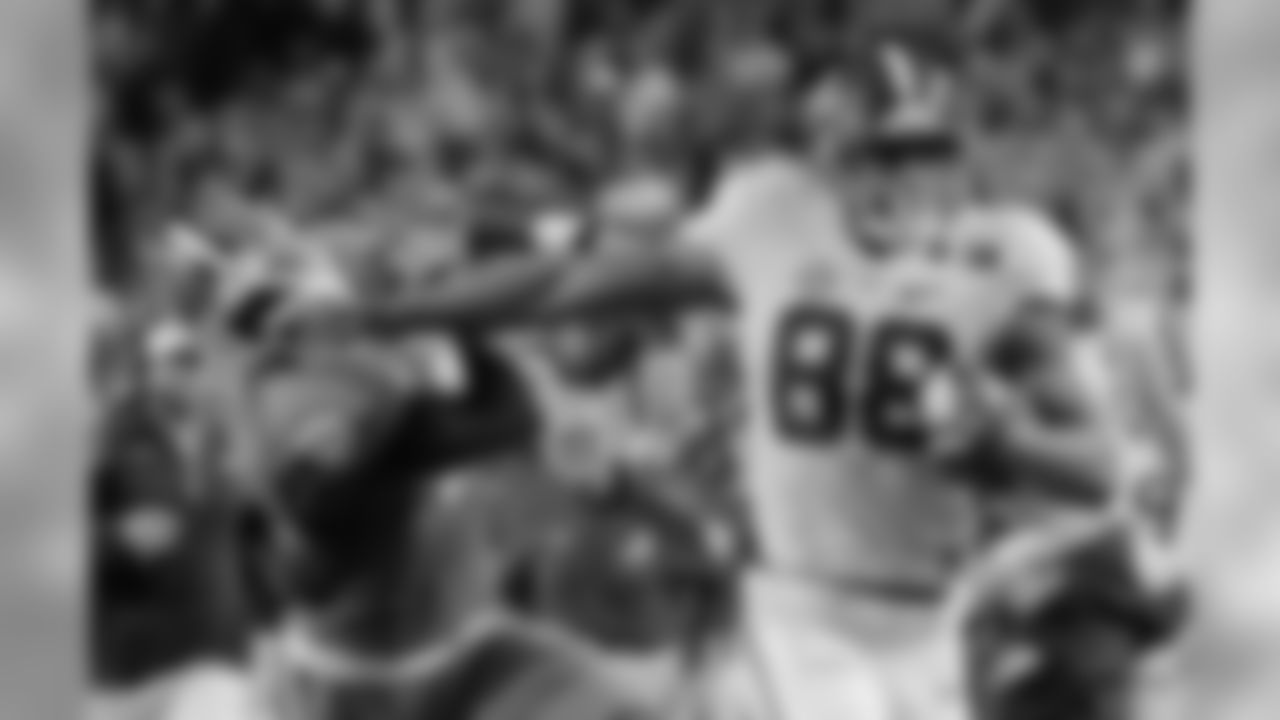
1-19 TE O.J. Howard, Alabama
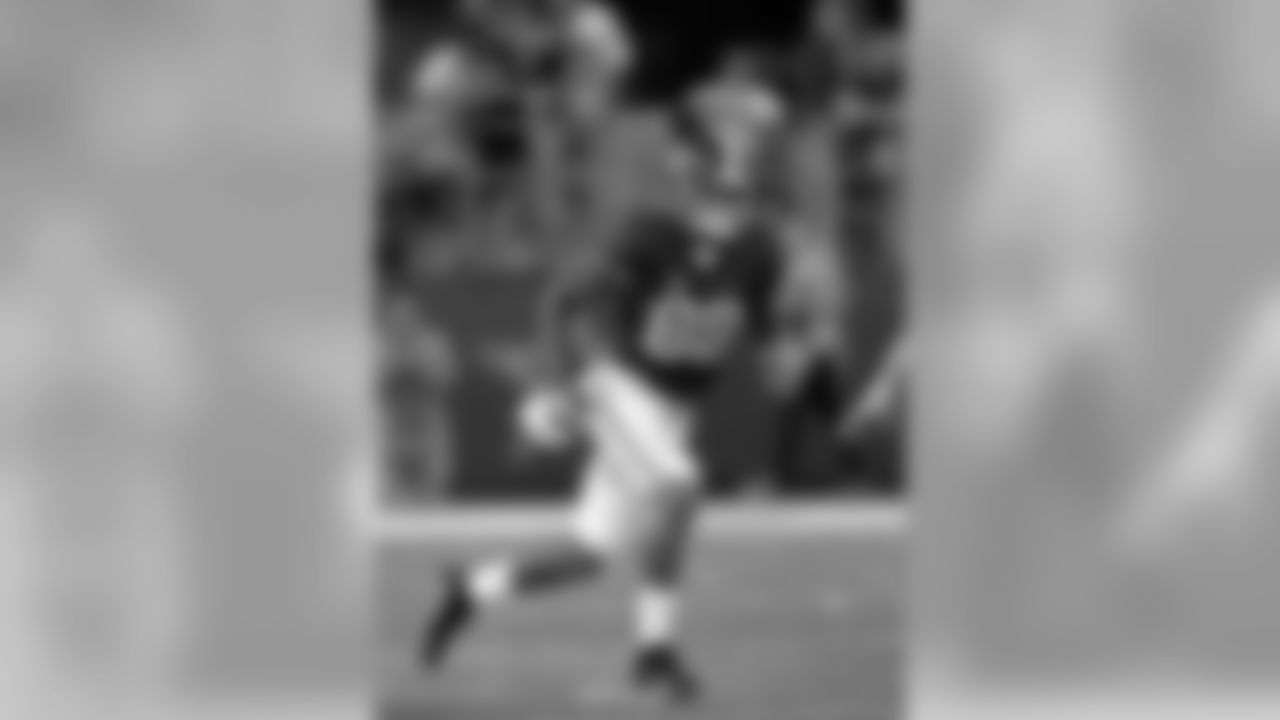
1-19 TE O.J. Howard, Alabama
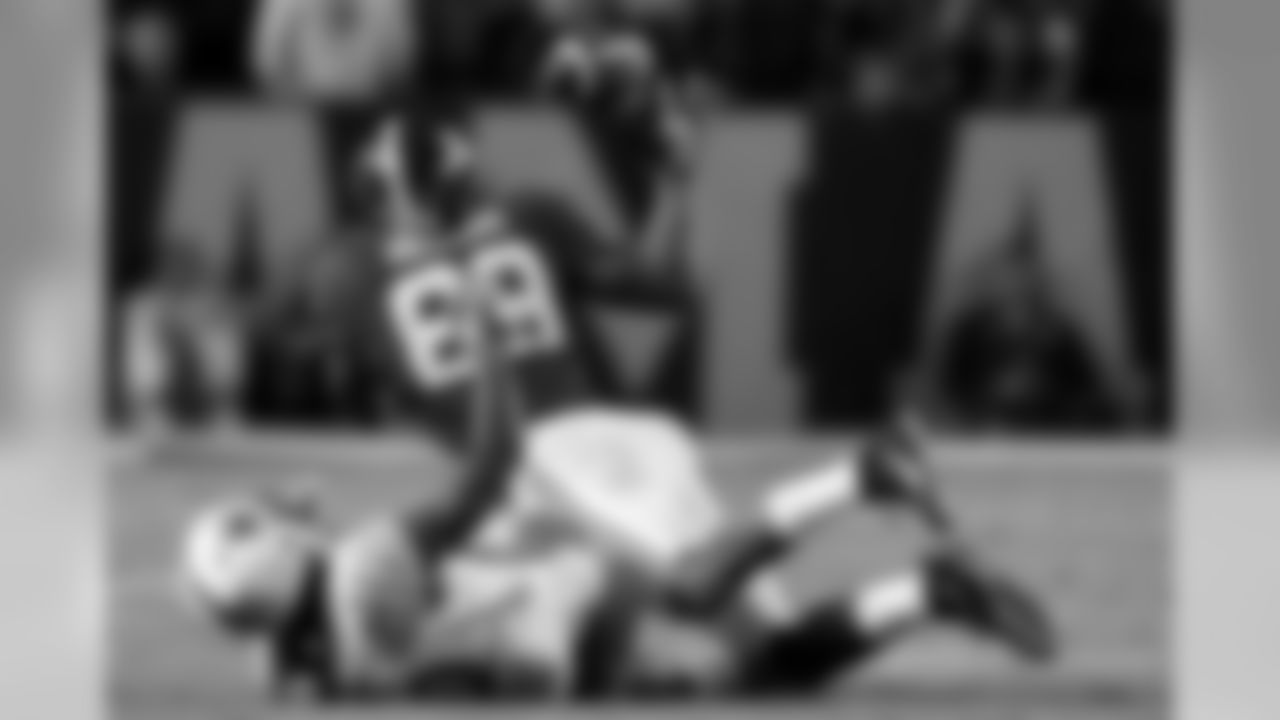
1-19 TE O.J. Howard, Alabama
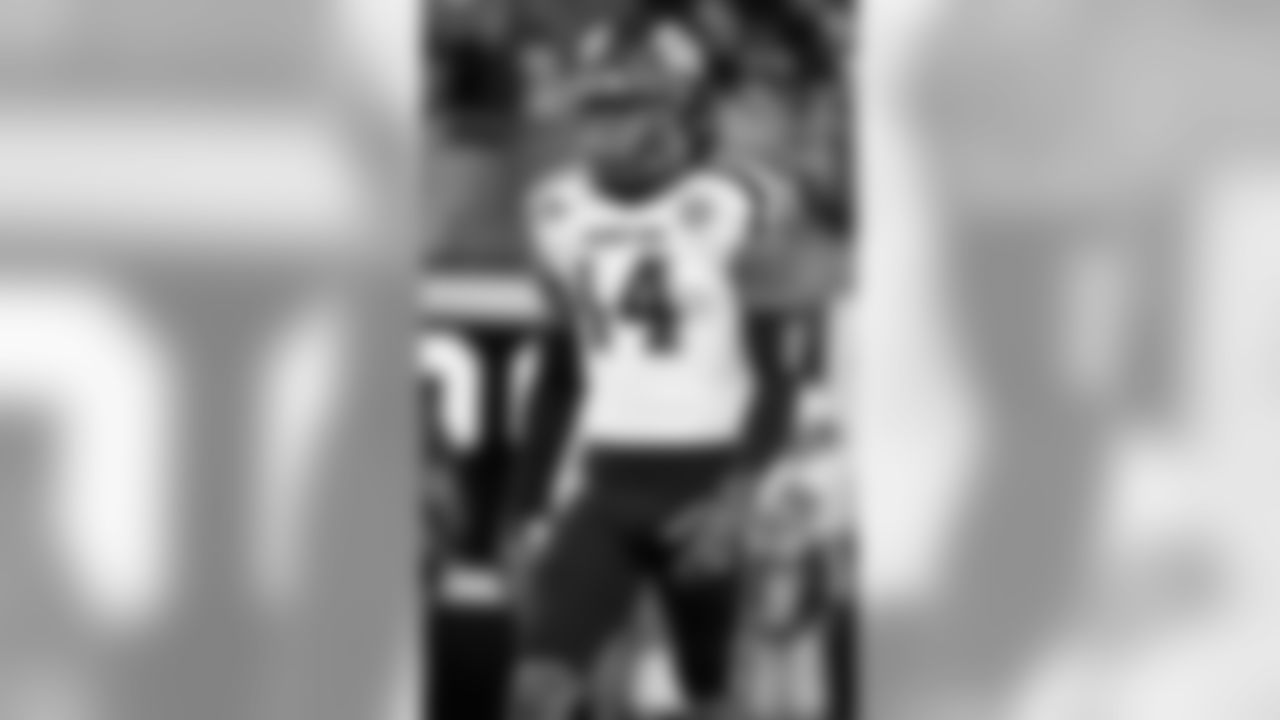
2-50 DB Justin Evans, Texas A&M
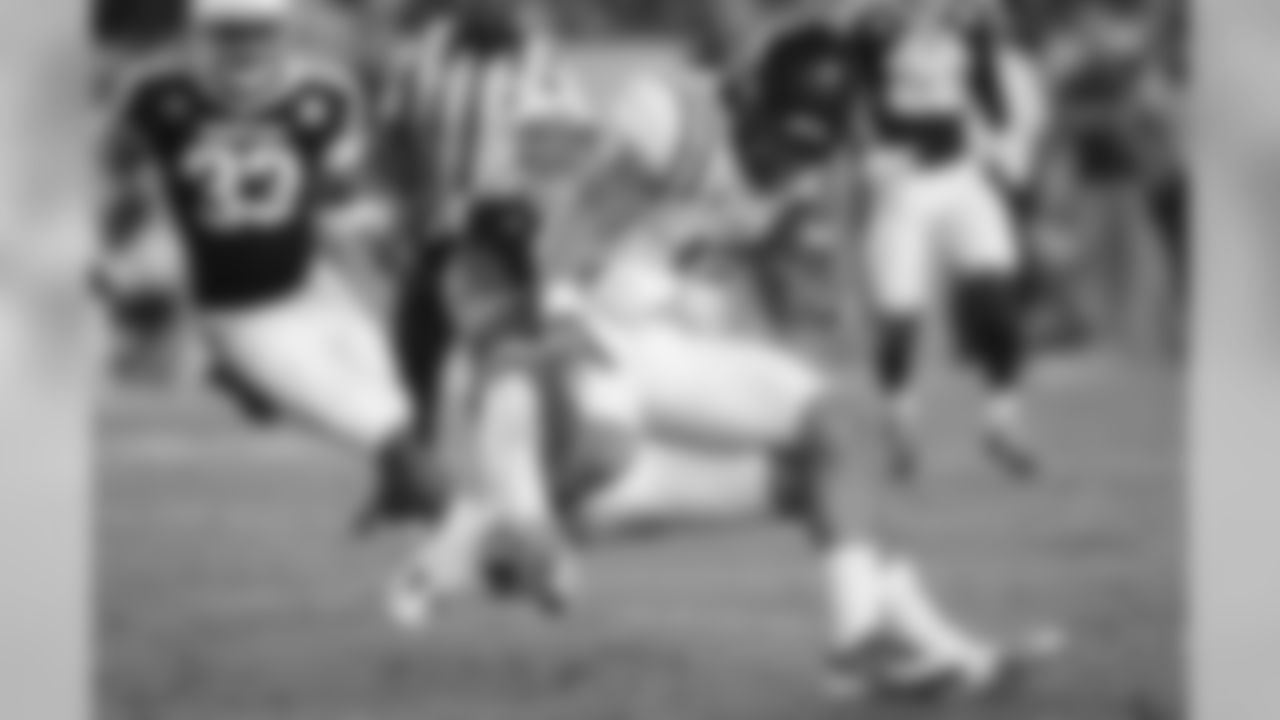
2-50 DB Justin Evans, Texas A&M
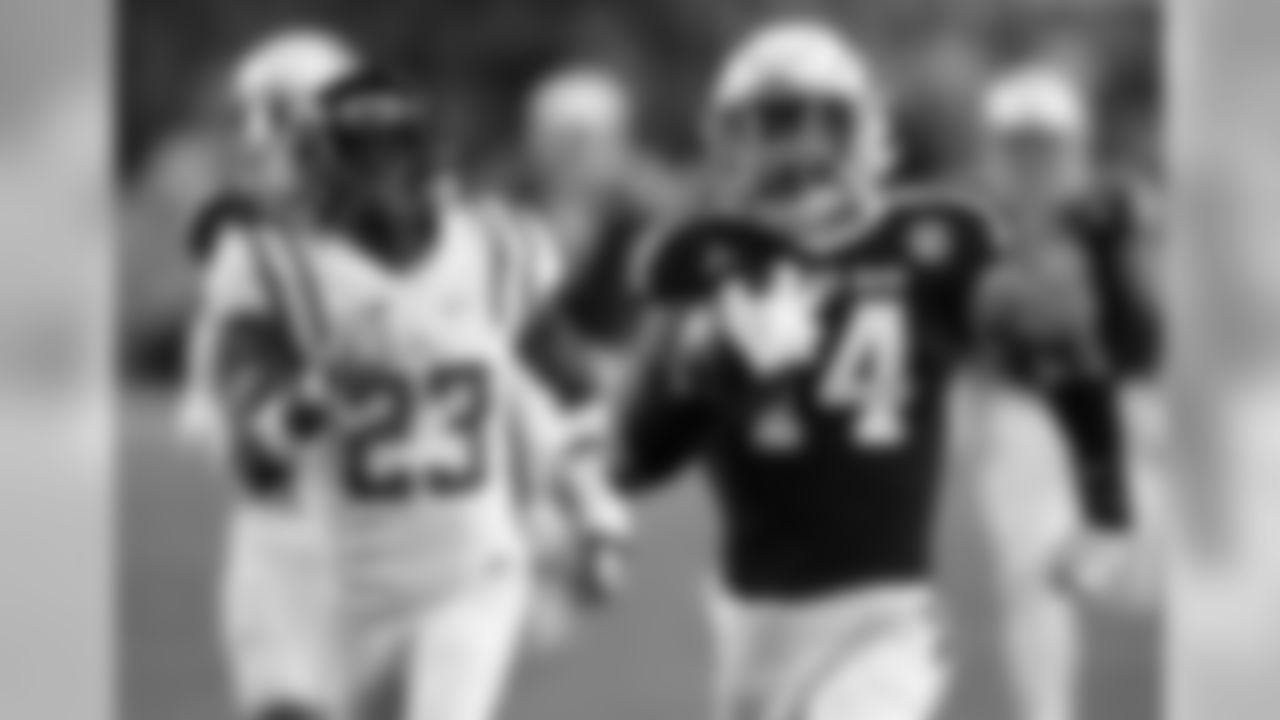
2-50 DB Justin Evans, Texas A&M
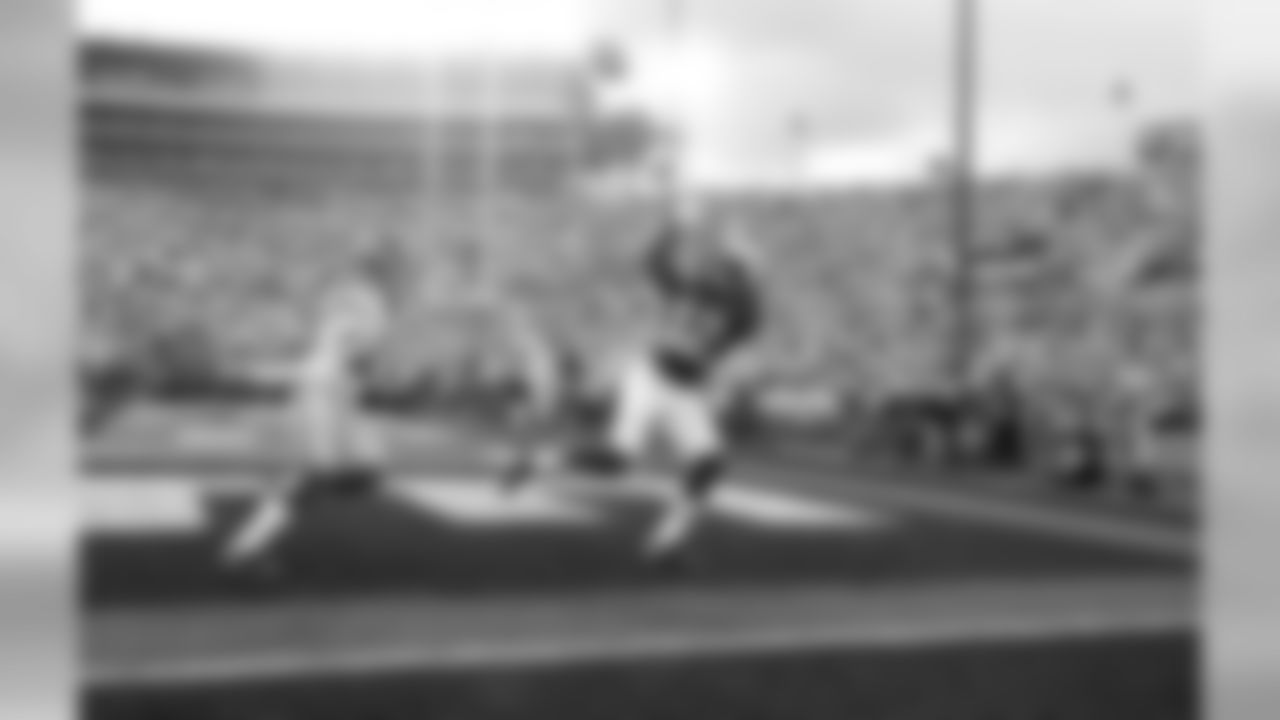
3-84 WR Chris Godwin, Penn State
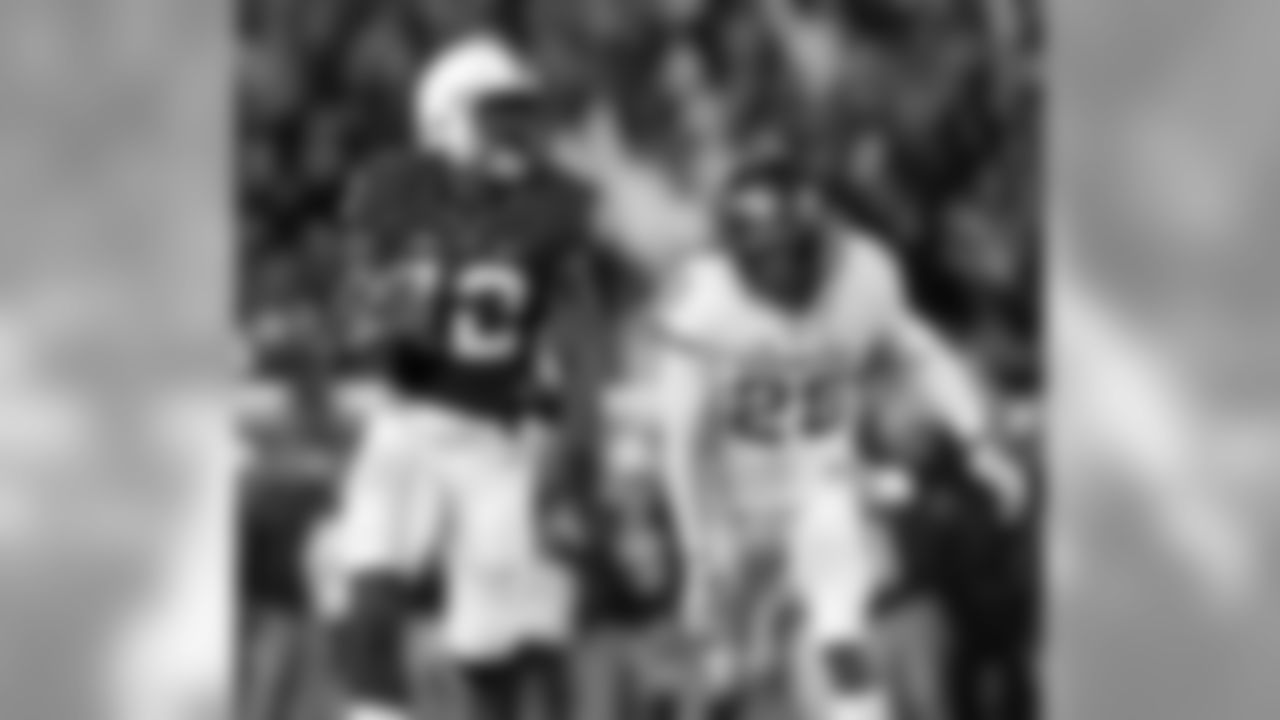
3-84 WR Chris Godwin, Penn State
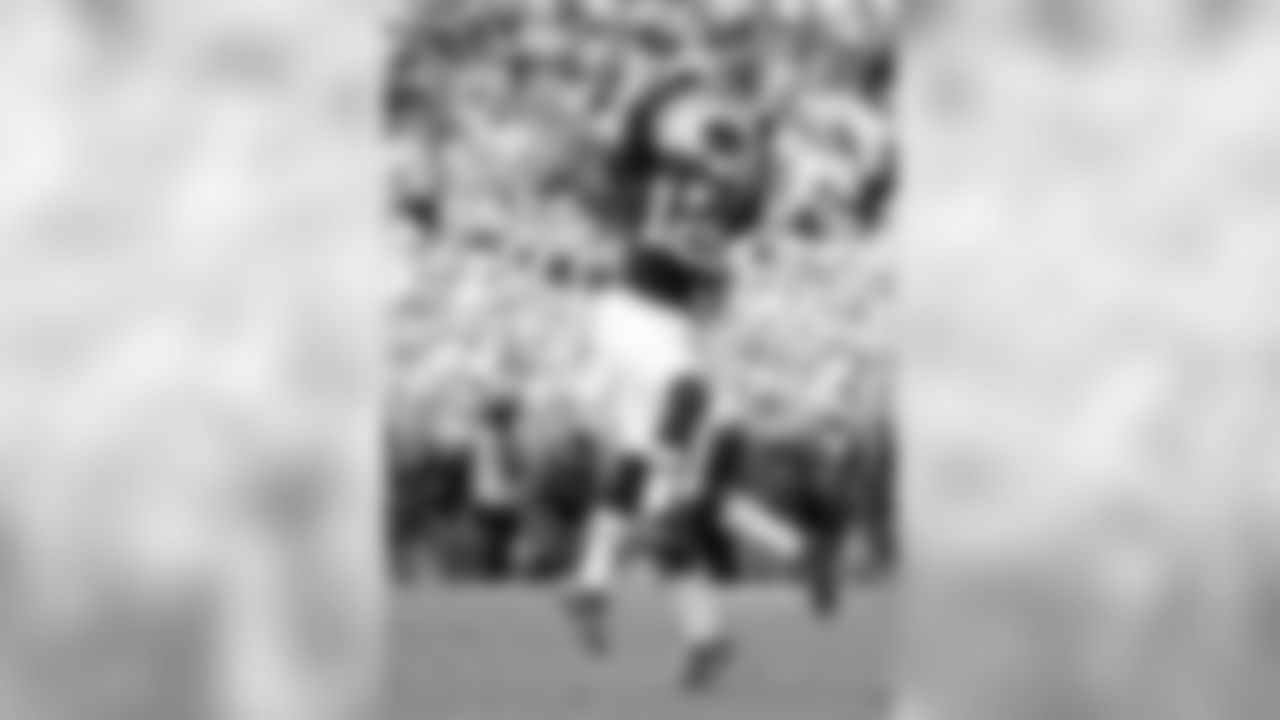
3-84 WR Chris Godwin, Penn State
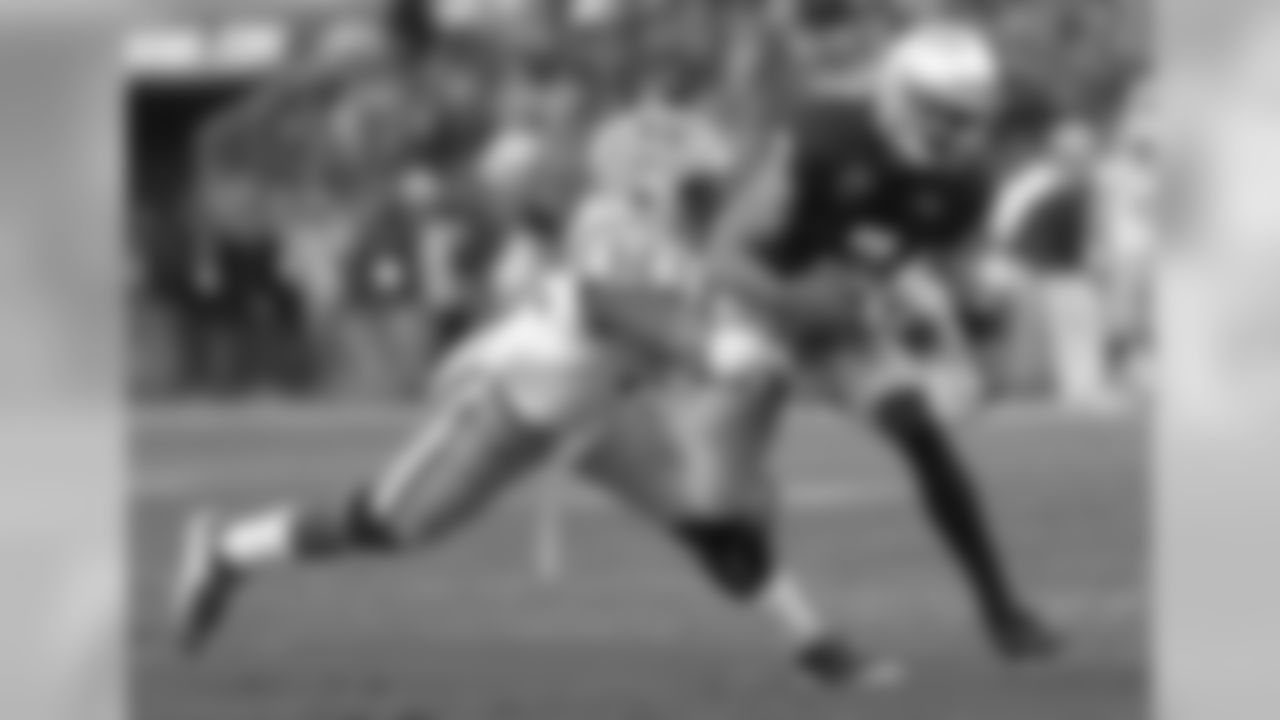
3-107 LB Kendell Beckwith, LSU
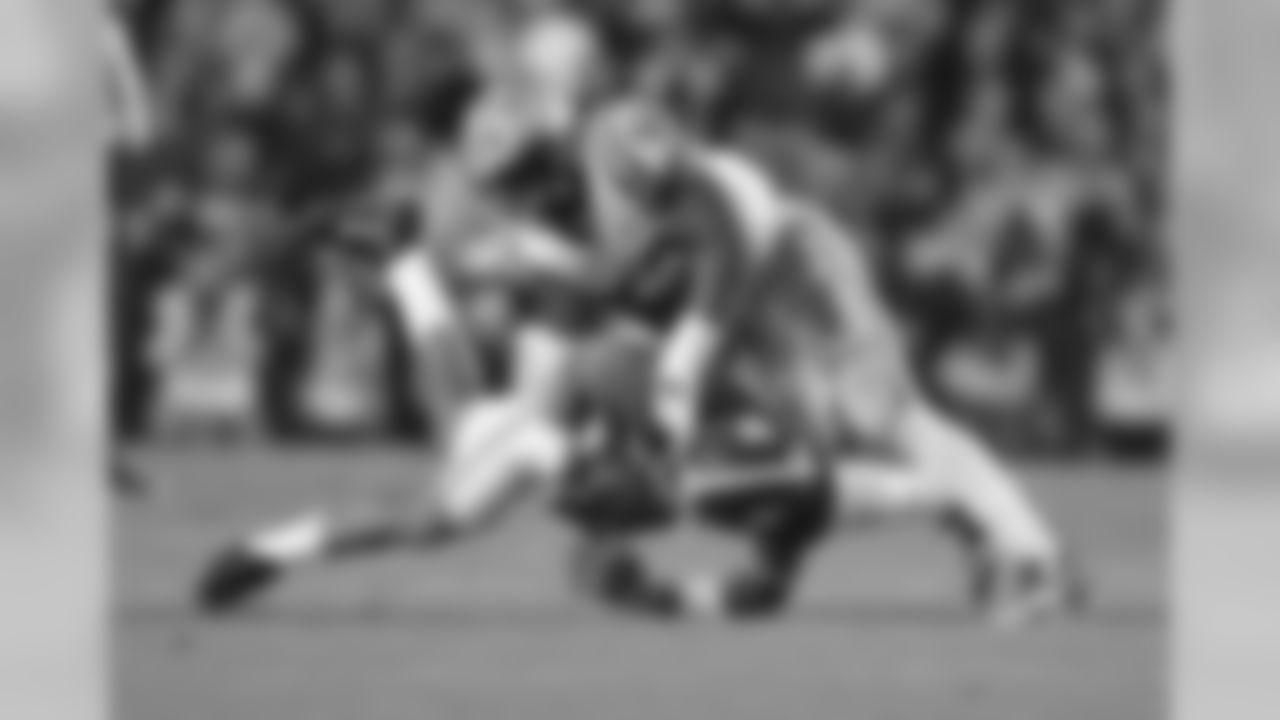
3-107 LB Kendell Beckwith, LSU
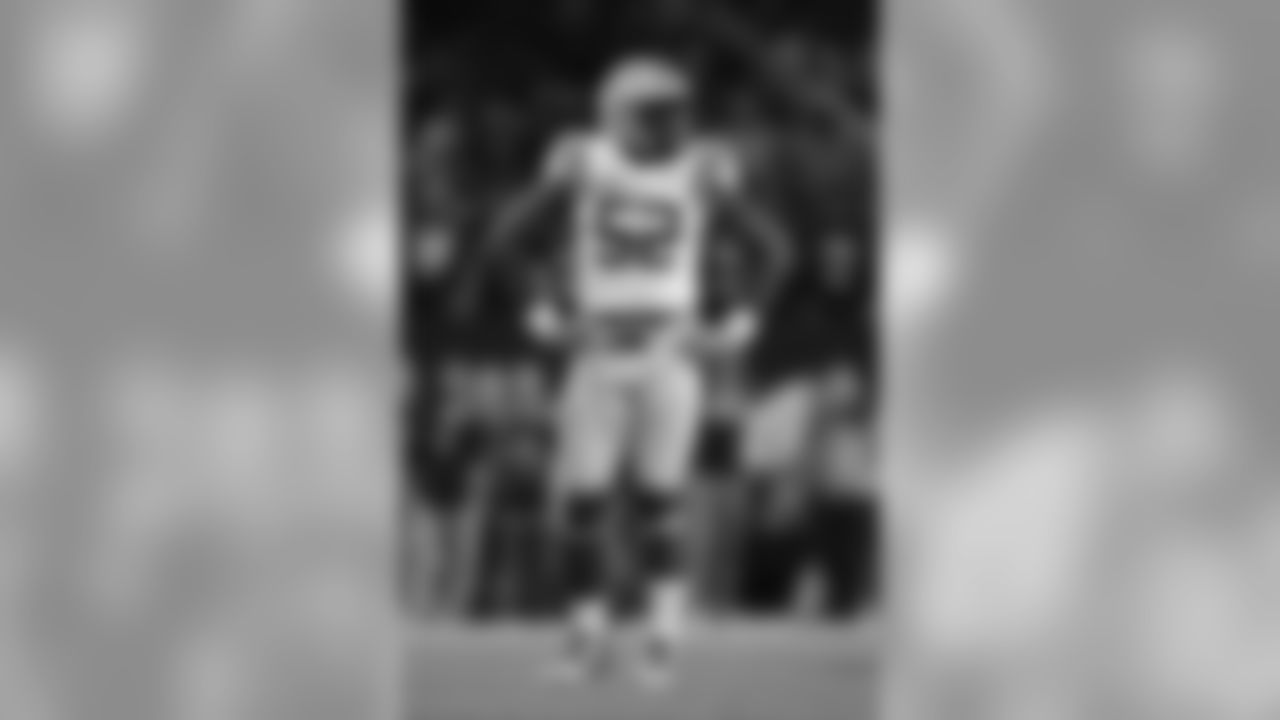
3-107 LB Kendell Beckwith, LSU
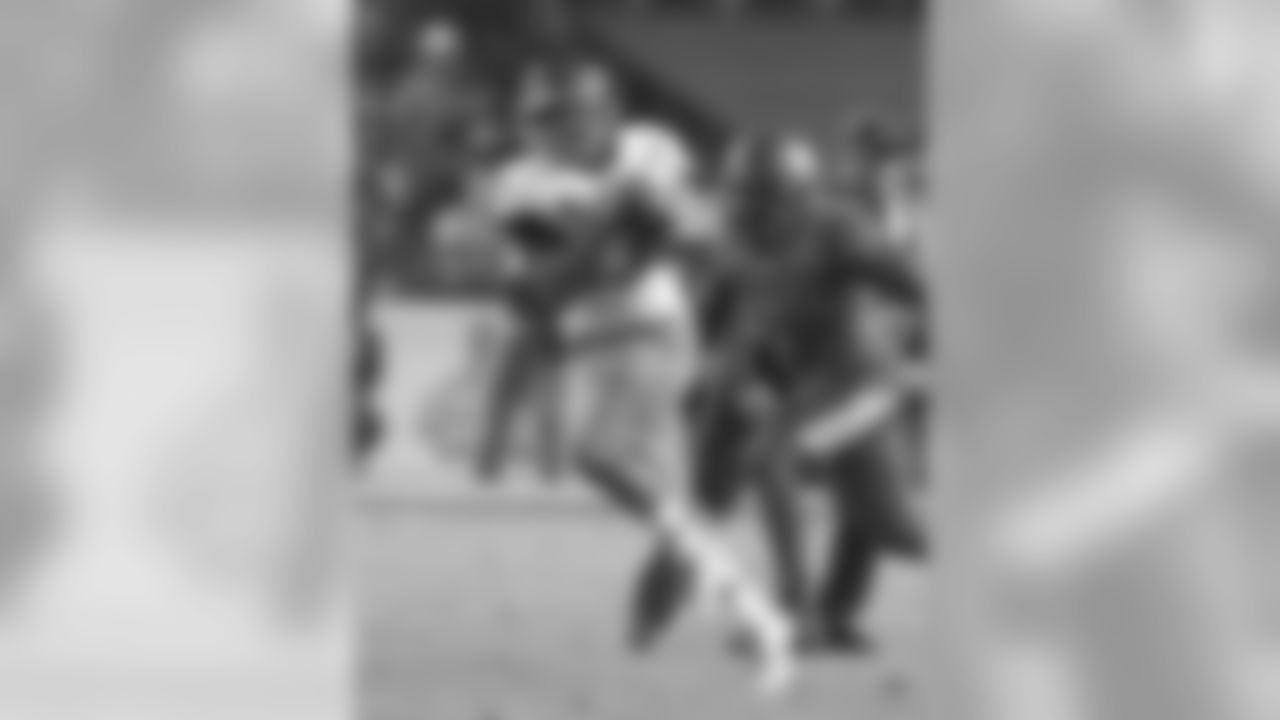
5-162 RB Jeremy McNichols, Boise State
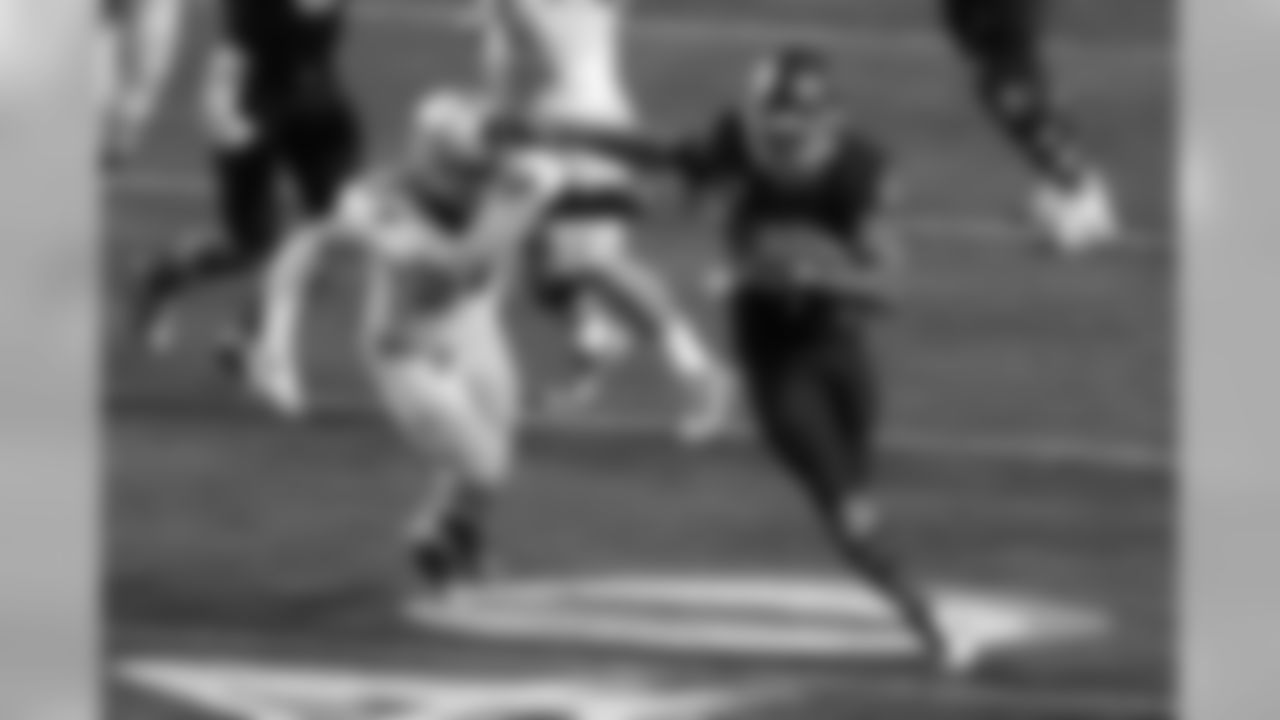
5-162 RB Jeremy McNichols, Boise State
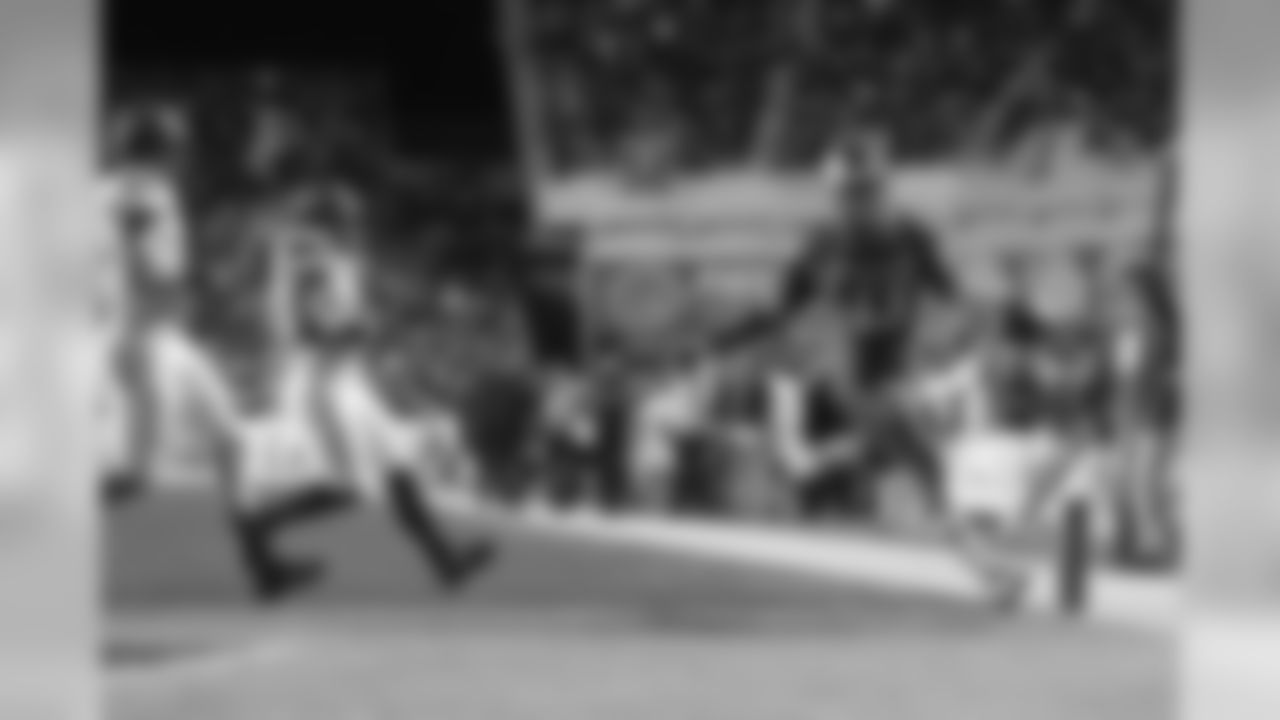
5-162 RB Jeremy McNichols, Boise State
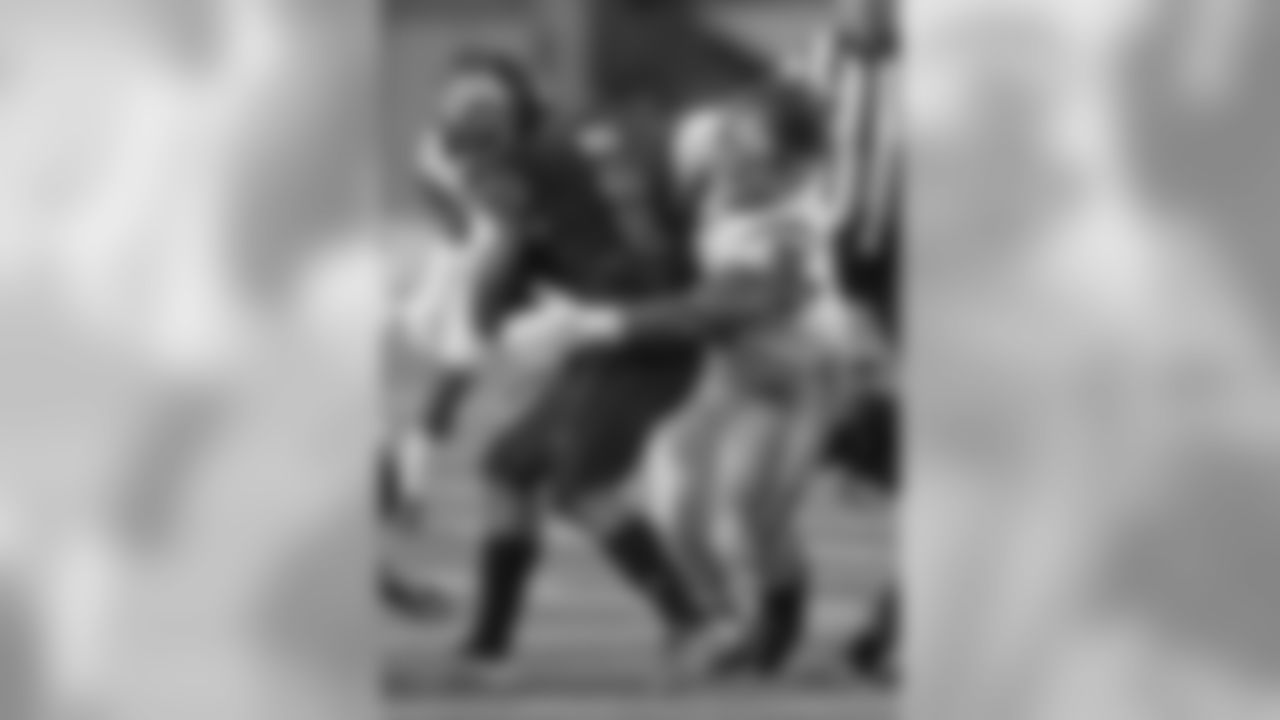
7-223 DT Stevie Tu'ikolovatu, USC
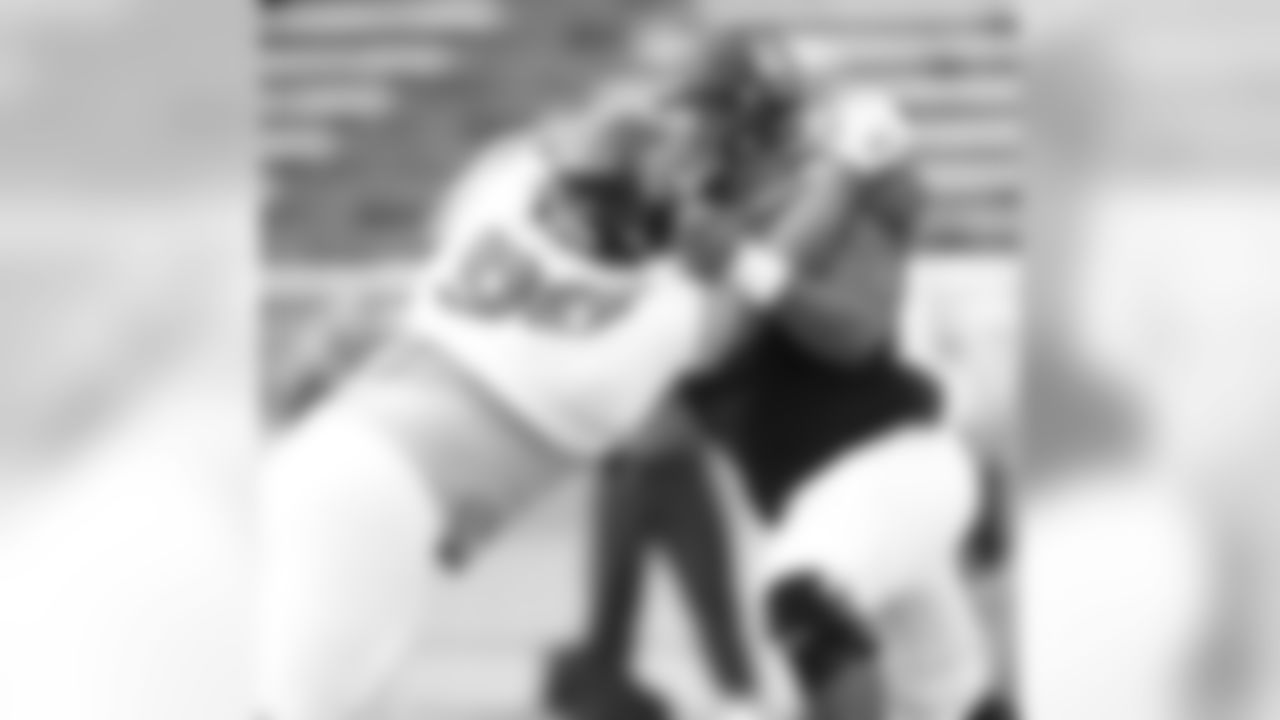
7-223 DT Stevie Tu'ikolovatu, USC
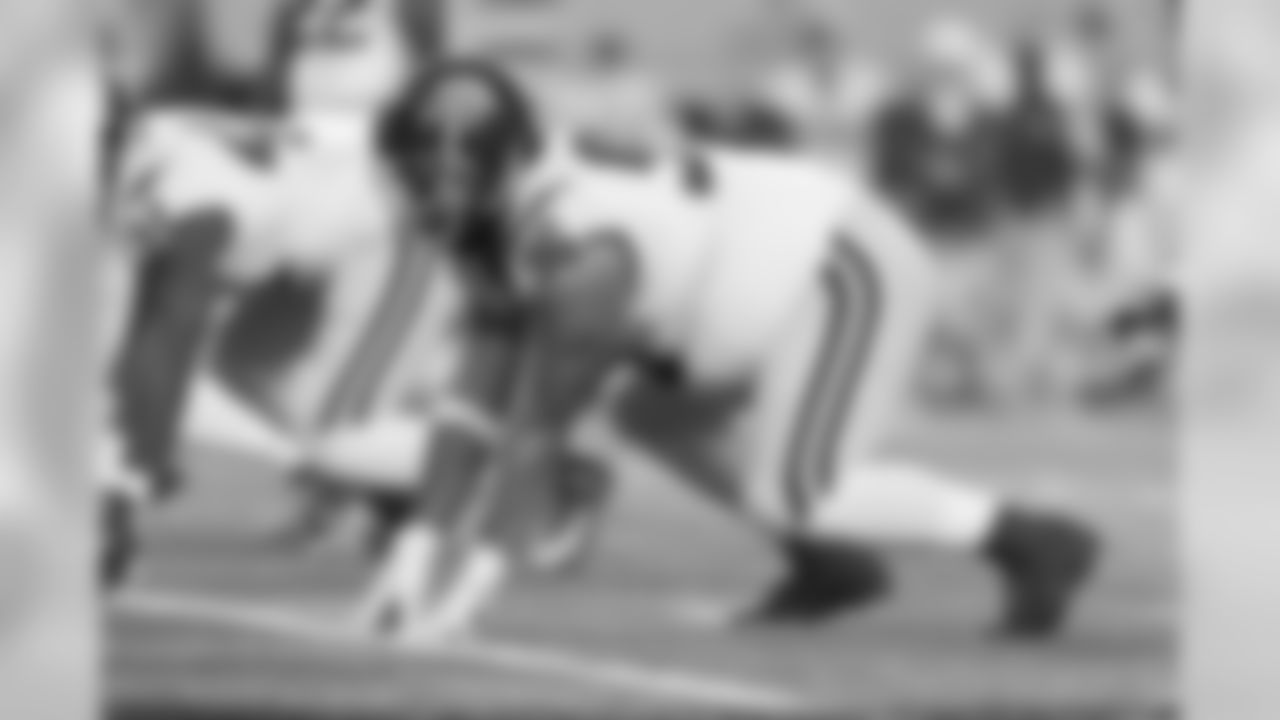
7-223 DT Stevie Tu'ikolovatu, USC
The draft is like the Super Bowl for NFL general managers. Well, actually, the Super Bowl is the Super Bowl for general managers, but the draft also represents the culmination of a year's worth of effort, and it's a competition between not just two teams but all 32.
And, just like the Super Bowl, there are no do-overs in the draft. As Tampa Bay Buccaneers General Manager Jason Licht pointed out two weeks before the 2017 NFL Draft, there would be no Version 2.0 or 3.0 to the Buccaneers' draft effort. Licht would get a single shot.
"We don't get 10 mocks to get it right, we get one," said Licht. "We don't have the luxury of doing multiple mocks and then end up at some point [where] you can say you were right. We only get one chance."
Those words were actually part of a longer comment praising all the members of the Bucs' scouting and coaching staffs on their work preparing for the draft. We all love mock drafts (I read every one I come across) but they carry far lower stakes, can be edited ad nauseam and necessarily are constructed on the basis of incomplete information.
That said, mock drafting is hard. When Licht speaks of getting it "right," he means selecting players who prove to be valuable to the franchise. Getting it right in a mock draft means figuring out what 32 Jason Licht's are going to do. Although "figuring out" is probably too generous a term, at least for most of us. "Guessing" is more on the mark.
Licht also said this, just minutes after the Buccaneers had completed their 2017 draft efforts with the seventh-round selection of USC defensive tackle Stevie Tu'ikolovatu:
"We were really happy with all the picks that we got. I don't think you'll ever find a general manager say, 'Oh, you know, we had a crappy draft.' We're really happy with the picks that we got."
That's another way in which these two endeavors diverge: Many of us mock-sters can definitely look back, immediately after the real thing is over, and say we had a crappy draft. In fact, I think I speak for my fellow Buccaneers.com contributors Joe Kania, Andrew Norton and Casey Phillips when I say, yes, 'We had a crappy [mock] draft.' And if by some possibility, I don't speak for any of those three, then let me say that I had a crappy mock draft. Of the four of us, I pulled up the rear, though none of the others exactly lapped me.
In fact, let's review exactly how well we did. In a departure from our approach in previous years of doing one full first-round mock by alternating picks, we each did our own entire first-round and then posted them side by side. We followed that with some added analysis, which in this case was just another opportunity for us to get things wrong. (There were some exceptions.)
Here are those same four mock drafts, now marked up to show what we got right and wrong. The picks that are highlighted in green are the absolutely correct predictions: The right player picked by the right team in the right draft spot. We didn't allow trades in our mock draft, so were a bit hamstrung by that. As such, we allowed ourselves from partial credit. The picks highlighted in orange indicate that the correct player was given to the correct team, but in a different draft spot. The pick highlighted in orange indicate that the player went in the predicted spot in the draft, but to a different team than was predicted. Finally, we used blue to indicate that we at least predicted the right position that a team would target at their original drafting spot, if not the exact correct player. Like I said, we really needed some partial credit. Those picks that are faded into the background were wrong in every possible way; hopefully they will quickly fade in your memories, as well.

So, by the simplest of measures, this was a three-way tie between Andrew, Casey and Joe, as they each got four picks exactly correct, while I got three.
Of course, it's really not as simple as that. For instance, we all scored a point by predicting the Browns would take Texas A&M defensive end Myles Garrett first overall, but how hard was that. Besides some 11th-hour smoke-screening that Cleveland might take a quarterback with the top pick, the Garrett selection had been assumed by virtually all analysts for many weeks.
Similarly, we all predicted Jacksonville would take LSU running back Leonard Fournette at #4. That, too, was a widely held belief, and even with action taking place at picks #2 and #3, as it turned out, there wasn't too much that could happen before the Jaguars were on the clock that could mess it up.
In contrast, correctly picking that Pittsburgh would take Wisconsin linebacker T.J. Watt at pick #30, as Andrew did, was a robustly correct prediction. I had Watt going to Detroit at #21 while Joe didn't have him in the first round at all. Casey was close, sending Watt to Green Bay at #29. This ain't hand grenades, however. Close gets you nothing.
So I tend to think Andrew and Joe's scores of four were a bit more impressive than Casey's. All of Casey's correct predictions were among the first eight selections, while Joe was right in putting Ohio State CB Gareon Conley with the Raiders at #24. I'm not in this tiebreaker scenario, but I believe I do deserve some credit for correctly matching Michigan DE Taco Charlton with the Cowboys at #28.
In fact, you can make a pretty simple scoring system just by giving each correct prediction the same number of points as where the pick was in the round. So correctly getting pick #1 right is worth one point, but nailing #32 gets you a whopping 32 points. Like I said, simple, but it gets the point across. By this measure, Andrew comes out on top with 43 points, just nipping Joe's 40. My Charlton pick actually puts me in third, with 33 points, ahead of Casey and her 19.
If you include the other categories of kinda-sorta being right we've marked in the above graphic, Joe has a case for being right there with Andrew. They both predicted San Francisco would take Stanford DE Solomon Thomas, but at #2, not #3. However, Joe (and Casey) both matched Houston with Clemson QB Deshaun Watson. The Texans did take Watson, but only after trading up from #25 to #12. In fact, I'm going to hereby declare it a tie between Andrew and Joe. I'm coming for you guys next year!
What else did we get right and wrong? Here are some tidbits from the analysis we included when we posted those mock drafts last Tuesday:
- Andrew noted that he had Florida State running back Dalvin Cook still available when he gave the Buccaneers Miami tight end David Njoku, believing the tight end would be a more important addition to the offense. That scenario did indeed come to pass, but Alabama tight end O.J. Howard was also surprisingly still on the board. I'm sure Andrew would have chosen Howard over Njoku if both were still available. In fact, I'd bet all four of us would have pounced on Howard if our mocks had him lasting to #19. Joe got closest, giving Howard to Indy at #15.
- Casey gave Cook to the Buccaneers, which seems plausible. Meanwhile, Joe and I were way off the mark. My pre-draft obsession with cornerbacks was obviously not shared in the Bucs' draft room; they didn't take a corner in the entire draft despite hitting six other positions. Nor did they take an offensive lineman, so Joe's prediction of Forrest Lamp, who fell out of the first round completely, also missed badly.
- Since Andrew has been drawing the most praise here, let's point out (as he himself did in his analysis) that he only had one quarterback going in the top dozen picks, with Watson falling all the way to #27. In fact, Mitch Trubisky, Patrick Mahomes and DeShaun Watson were all off the board before pick #13. As has become common in recent years, the QBs always seem to rise, even if it takes a couple of trades to make it happen. (Of course, Joe didn't have Mahomes going in the first round at all and Casey didn't include Trubisky in here 32 picks, but we're focused on Andrew's incompetence right now.)
- In answer to the question, "Looking back, are there any picks you now regret or feel particularly unsure about?" Casey made several prescient remarks. She said she struggled with where to put Howard, thinking teams might pass on a tight end as a "luxury pick." She also wondered if Alabama linebacker Reuben Foster might plummet after the reveal of his diluted sample at the Combine. A potential top-10 pick, Foster fell all the way to San Francisco at #29.
- Andrew said he didn't like my prediction of Christian McCaffrey falling all the way to #29. Neither did the Carolina Panthers, who took him at #8 and gave easy points to all three of my competitors. Why didn't I just go with the crowd on that one? Everybody was pairing up McCaffrey and the Panthers in their final mock versions.
- Asked to point out a pick by one of her competitors that she thought made a lot of sense, Casey suggested that either Joe or I might be right with LSU safety Jamal Adams at #3 or #2, respectively. Well, Casey had Adams at #6, which was where he was actually drafted. No second-guessing next time, Casey. Go with your gut.
- Casey praised my pick of Garrett Bolles to Seattle at #26, noting that I was the only one who had the Utah tackle in the first round. Well, I didn't get that right, but I was correct to be high on Bolles; he proved to be the very first offensive lineman drafted, at #20 by Denver. In our defense, all four of us had the Broncos taking an offensive tackle. Just not that one.
- Casey also noted that she should have found first-round spots for Trubisky, Takk McKinley and Cam Robinson. She was right about the first two. Or right about being wrong, I guess. Similarly, I regretted leaving McKinley out of my mock. He proved to be so coveted that the Falcons traded up from #31 to #26 to get him. Just like quarterbacks, pass-rushers tend to rise when we move from mock drafts to the real thing.
For the most part, the only players who fell well past where most of us predicted were the ones just about every mock draft got wrong: Foster, Cook, Howard, Conley, Lamp, Jonathan Allen. We also had a handful of misses involved in the completely expected run on cornerbacks spanning the end of the first round and the beginning of the second. We should have collectively been higher on Adoree' Jackson and Tre'Davious White and lower on Kevin King. But those were hardly egregious misses. For instance, I took a shot by putting King in my first round when he didn't go on Thursday night. But I had him slotted at #32 and he actually went at #33, with the first pick of the second round. I'm comfortable with that.
In fact, while we may not have gotten too many of our picks exactly right (ESPN's Mel Kiper only got four exactly right in his final mock draft, too), we didn't have a lot of really bad swings-and-misses. In fact:
- Andrew and Casey each only picked four players who ended up not being picked on Thursday night, and thus only missed on four who did hear their names called.For Andrew, it was Bolles, Charlton, Michigan safety Jabrill Peppers and Mississippi tight end Evan Engram, who went #23 to the New York Giants, before the more expected tight end pick of Njoku. Casey's misses were Bolles, Engram, Jackson and (snort) Trubisky. Maybe those two should schedule the Green Room attendees for the NFL next year. I missed five, Joe missed six.
- Evan Engram was the one and only player who went in the first round despite being included in none of our mocks. I think that's pretty good. Forrest Lamp and Dalvin Cook were the only player that all four of us put in our mocks who did not go in the first round. That's even better.
- The highest pick by any of us who didn't get drafted on Thursday night was Cam Robinson, at #12 overall to the Browns in Joe's mock.
- The lowest any player who was in one of our first-round mocks actually got draft was at #57, where the Texans selected Vanderbilt linebacker Zack Cunningham. Casey had mocked Cunningham to the Chiefs at #27. Otherwise, we collectively picked six other players who fell out of the first round, and all of them were taken within the first nine picks of the second round. King, Robinson, Malik McDowell and Baker were the first four picks of that frame, in fact.























